Foreign Exchange Trading
Introduction
Foreign exchange trading, also known as forex, is the process of buying, selling and exchanging currencies at current or determined prices. In terms of trading volume, it is by far the largest market in the world, followed by the credit market.


History of Foreign Exchange Trading
The foreign exchange market as we know it today originated in the 1970s when countries gradually switched to floating exchange rates from the previous exchange rate regime, which remained fixed as per the Bretton Woods system.
Market Participants
Unlike the stock market, where investors have thousands of stocks to choose from, in the currency market, you primarily deal with eight major economies. Participants in the forex market include large banks, central banks, currency speculators, corporations, governments, and other financial institutions.

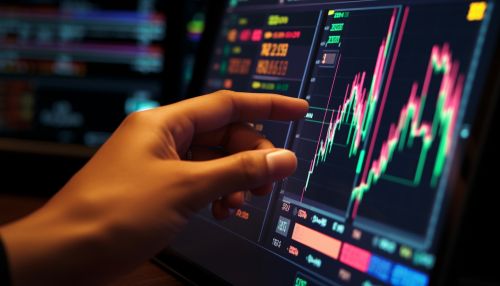
Trading Characteristics
There is no unified or centrally cleared market for the majority of forex trades, and there is very little cross-border regulation. Due to the over-the-counter (OTC) nature of currency markets, there are rather a number of interconnected marketplaces, where different currencies instruments are traded.
Forex Trading Instruments
Forex trading instruments are comprised of what is called the Currency Pair. The Currency Pair consists of two currencies, the base currency and the quote currency. The base currency is the currency on the left of the Currency Pair and the quote currency is on the right.
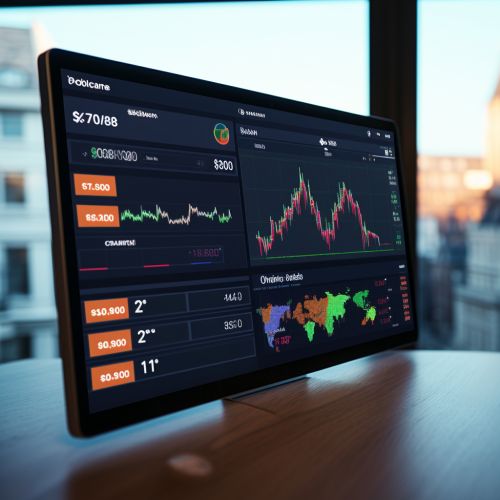
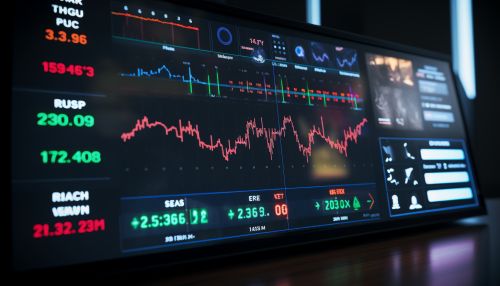
Forex Trading Strategies
There are numerous strategies that traders can employ when trading forex. These range from fundamental analysis, which involves studying economic indicators and making decisions based on the overall economic and political picture, to technical analysis, which involves studying price charts and making decisions based on patterns and indicators.

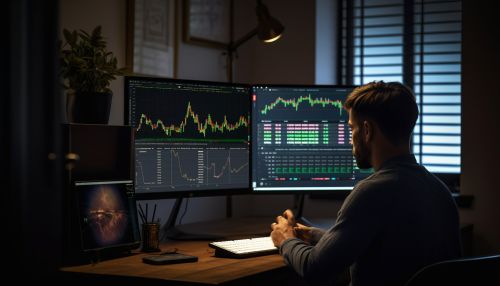
Risks Involved in Forex Trading
Forex trading is not without risks. These include market risk, where the price of a currency can move in an unexpected direction, and leverage risk, where the use of borrowed money can amplify losses.

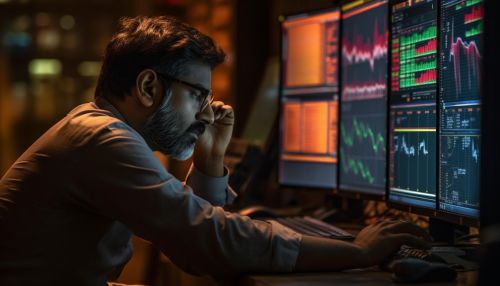
Regulation and Oversight
The foreign exchange market is subject to regulations imposed by countries and regions around the world. In the United States, the major regulatory body is the Commodity Futures Trading Commission (CFTC), which regulates the trading of forex currency in the futures and options markets.
